At the heart of any thrilling rodeo event are the rodeo bucking horses, magnificent animals renowned for their power, agility, and untamed spirit. These horses are not your average equines; they are athletes in their own right, specifically bred and trained for the rodeo circuit. In the world of professional rodeo, bucking horses play a pivotal role in bronc riding events, where cowboys must hold on for a wild and adrenaline-pumping ride. Understanding the origin, traits, and training of these horses provides insight into the celebrated tradition of rodeo.
The History of Bucking Horse Breeds
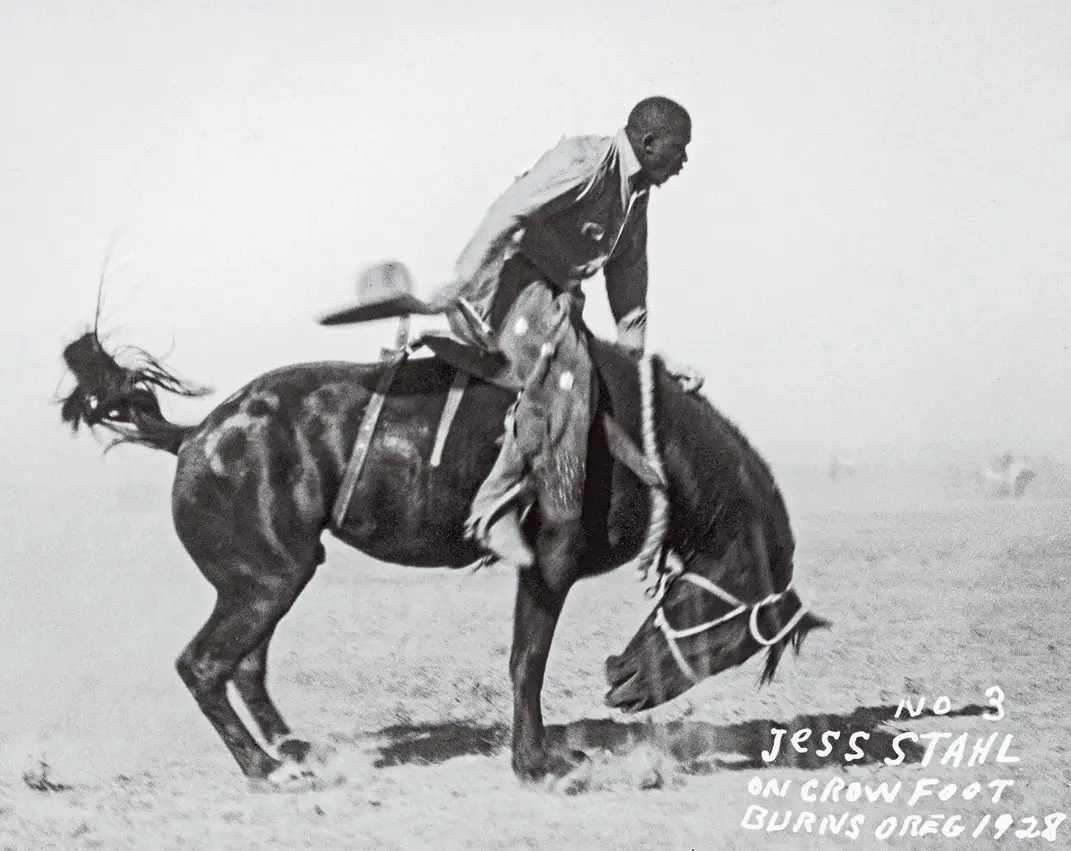
The lineage of bucking horse breeds is steeped in a rich history that traces back to the Old West. Initially, these horses were wild mustangs or those that proved too unruly for regular farm or transportation work. Over time, rodeo promoters sought specific types of horses that consistently displayed a penchant for bucking, leading to the development of specialized breeds. These breeds were honed over generations, with ranchers and rodeo enthusiasts selecting for the traits that made a horse ideal for bronc riding competitions.
Characteristics of Bucking Horses
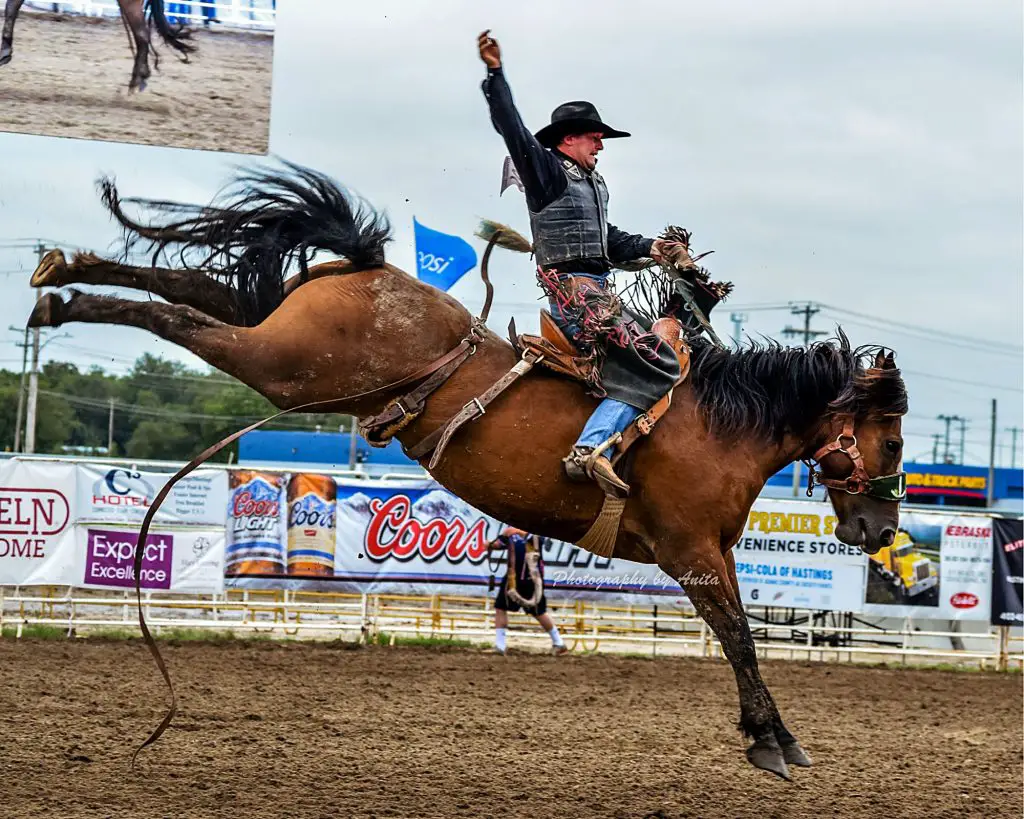
Physical Attributes
- Robust build with muscular hindquarters
- Agile and athletic physique
- Hardy and resilient to withstand the rigors of rodeo
Horses that excel in the rodeo arena typically possess a distinctive set of physical attributes. Their robust build, particularly strong and muscular hindquarters, is essential for the powerful kicks and jumps that characterize their performance. Moreover, these animals boast an agile and athletic physique, enabling them to maneuver swiftly and unpredictably. The resilience of these horses is also noteworthy, as they must endure the physical demands of the sport.
Behavioral Traits
- Strong instinct for self-preservation
- Independent and willful nature
- Unpredictable bucking patterns
In addition to their physical prowess, the behavioral traits of bucking horses set them apart. A strong instinct for self-preservation drives their bucking behavior, which is a natural response to feeling threatened or having their movement restricted by the saddle and rider. These equines often exhibit an independent and willful nature. Their bucking patterns are unpredictable, making it a challenge for riders to anticipate and counter their movements, adding to the excitement and danger of bronc riding events.
Popular Rodeo Bucking Horse Breeds
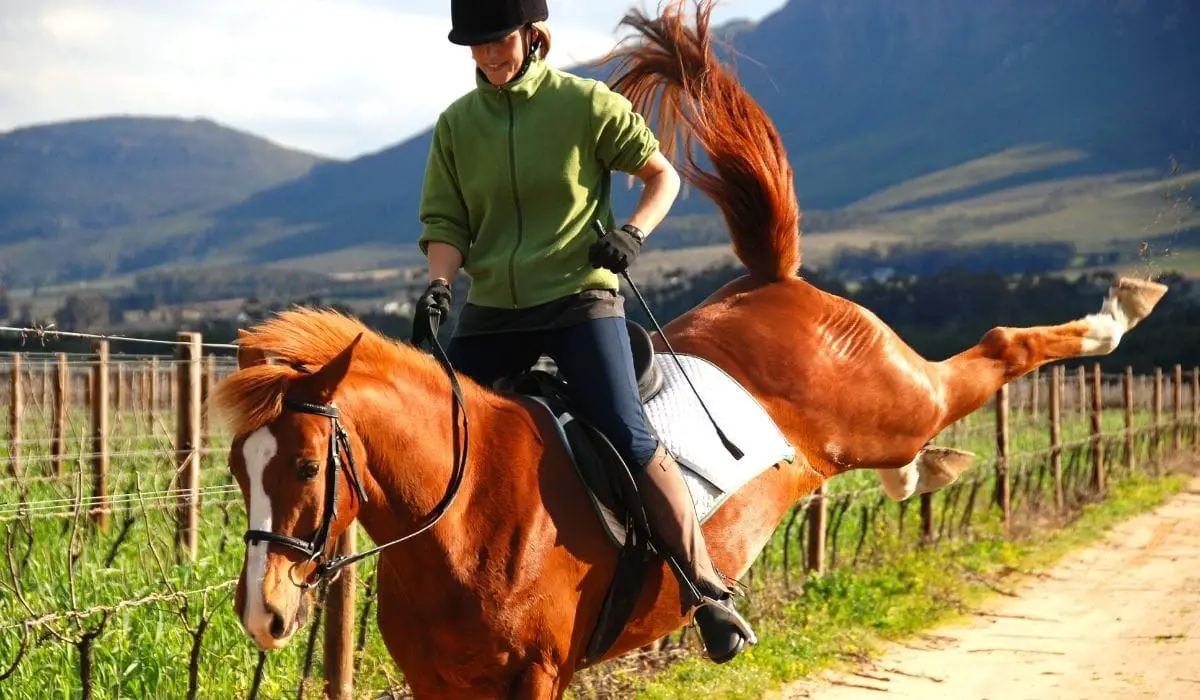
American Bucking Horse Breeds
Among the most celebrated rodeo horse types are the American bucking horse breeds. These breeds, including the American Quarter Horse and various crossbreeds, are particularly favored for their explosive power and agility. The Quarter Horse, in particular, is prized for its ability to sprint short distances and its ‘cow sense,’ which makes it an excellent choice for rodeo events that require both speed and an understanding of how to work with livestock.
Saddle Bronc Horse Breeds
Saddle bronc horse breeds are a specialized group within the rodeo. These horses are known for their rhythmic bucking and the ability to provide a challenging yet potentially rideable experience for competitors. Breeds such as the American Quarter Horse and various draft horse crosses are often used in saddle bronc events, where riders must use a specialized saddle and maintain a precise riding style.
Bareback Bronc Horse Breeds
Conversely, bareback bronc horse breeds are favored for their raw power and wilder bucking patterns. In bareback bronc riding, competitors must ride without a saddle, holding onto a rigging that resembles a suitcase handle. This event requires horses that can produce high and forceful jumps, characteristics often found in breeds such as the Thoroughbred and Thoroughbred crosses, known for their endurance and spirited nature.
The Role of Genetics in Bucking Horses
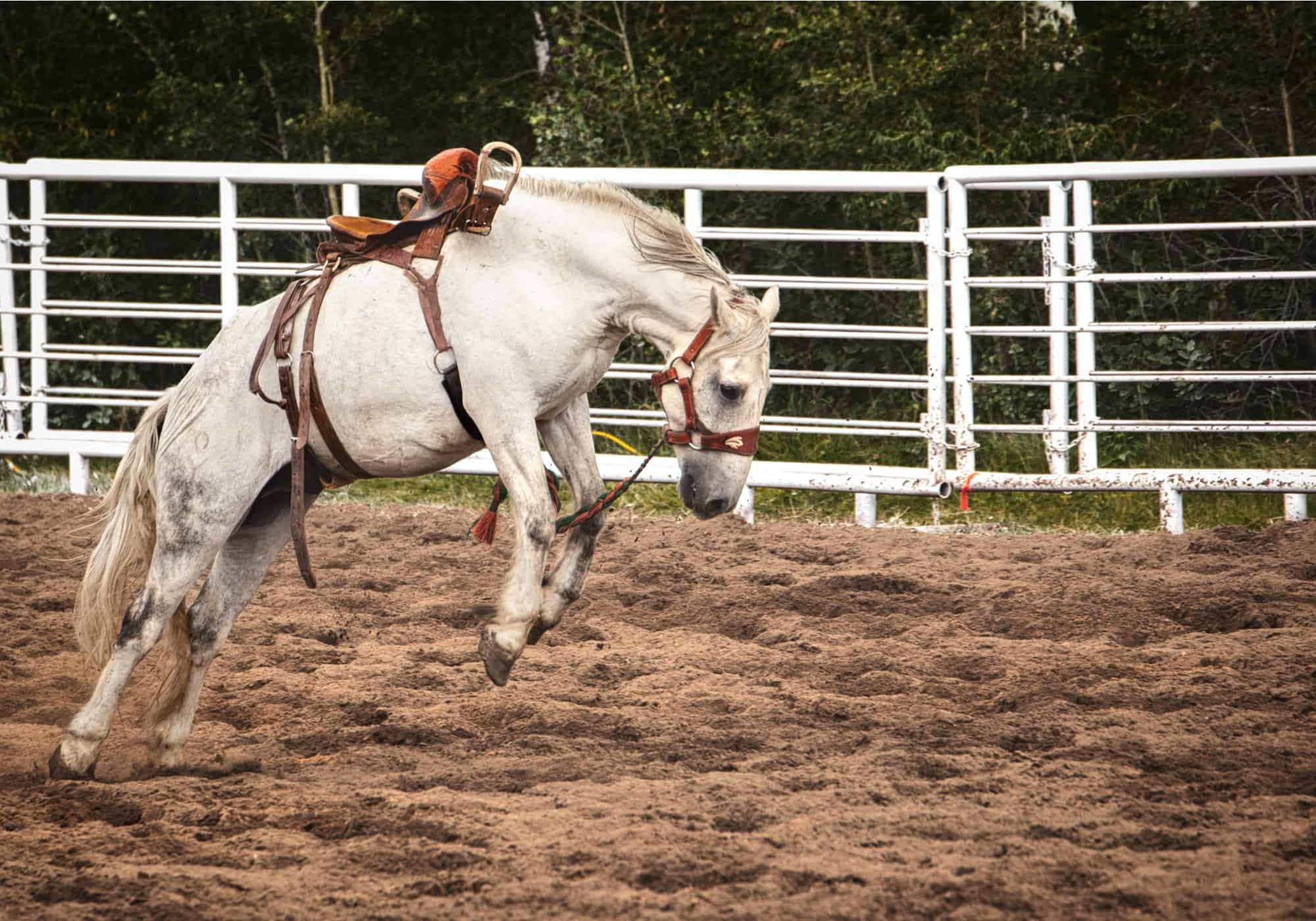
Bucking horse genetics play a critical role in the development of these exceptional animals. Selective breeding practices have enabled the cultivation of horses that not only possess the desired physical traits but also exhibit the instinctual behavior to buck with vigor and unpredictability. Genetic studies have helped breeders identify and promote the propagation of these traits, ensuring that the lineage of high-caliber bucking horses continues into future generations of rodeo stock.
Training Bucking Horses for Rodeo
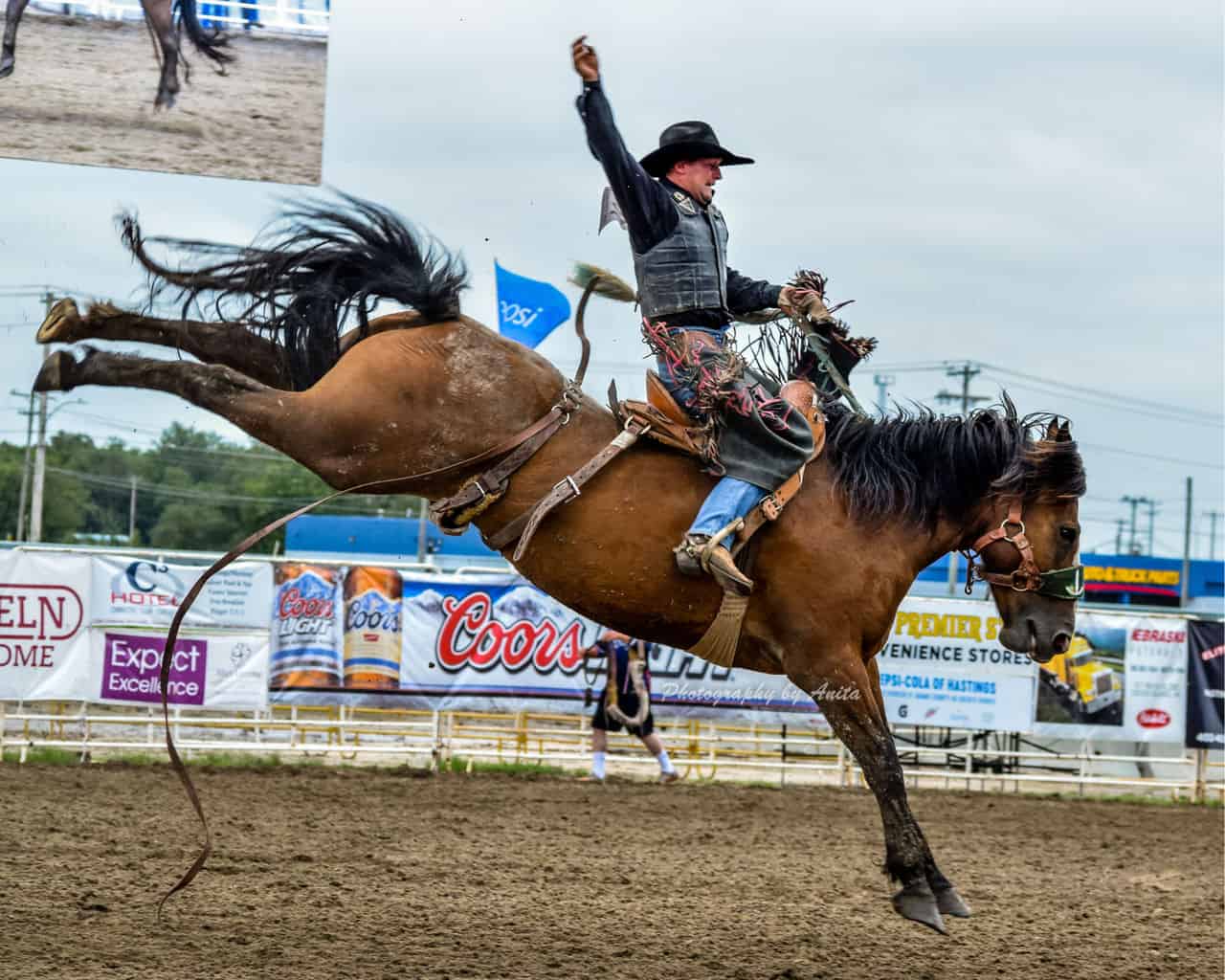
Conditioning and Health
The training bucking horses undergo is aimed not only at enhancing their performance but also at ensuring their overall well-being. Conditioning regimens are tailored to develop their strength and stamina, essential for the bursts of intense activity required during events. Routine veterinary care, proper nutrition, and ample rest are also integral to maintaining the health and longevity of these equine athletes.
Mental Preparation
Mental preparation is equally important in training. While the natural propensity to buck is inherent, handlers work with the horses in a way that fosters trust and prevents the development of aggressive or fearful behaviors. Training sessions are conducted with respect and care, helping the horses become accustomed to the sights and sounds of the rodeo arena without causing undue stress. This balance is crucial for the safety and performance of both the horse and rider.
If you’re interested in learning more about horses and their various breeds, you might be curious about the breed of bucking horses. While you’re exploring that topic, you might also find it enlightening to delve into the diets and habits of different horse breeds. For instance, discover what the elegant American Saddlebred horses eat in our detailed guide on what American Saddlebred horses eat. Additionally, if you’ve ever wondered about the practices within horse racing, our article on why race horses are gelded can offer some insight. And for those interested in the natural behaviors of equines, our piece about the diets of untamed equines in what wild horses eat is a must-read. These articles provide a well-rounded understanding of horses, from their lifestyle in the wild to their roles in human culture.
The Future of Bucking Horses in Rodeo
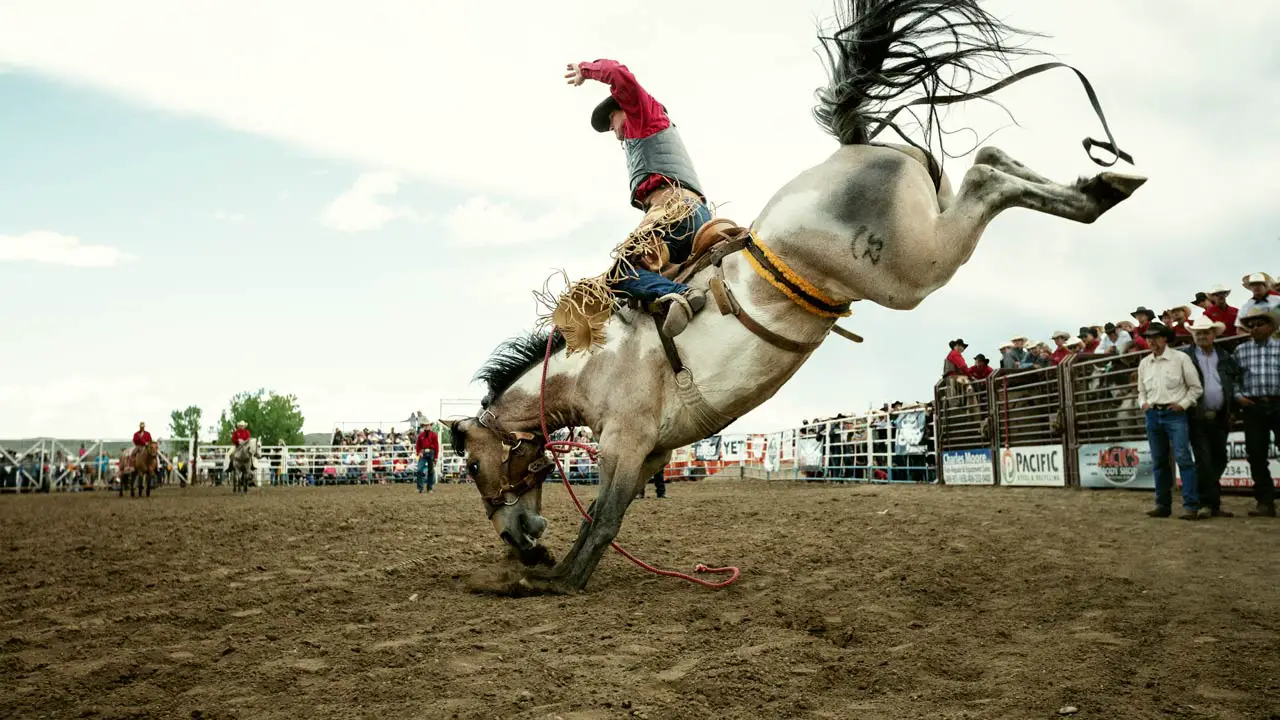
The future of bucking horses in rodeo appears vibrant and steeped in tradition. As the sport evolves, so does the commitment to the care and breeding of these exceptional animals. With advances in genetics, training methods, and animal welfare, rodeo bucking horses will continue to captivate audiences with their athleticism and spirit. It is the synergy between the natural abilities of these horses and the dedication of those who breed and train them that will ensure the legacy of rodeo bucking horses gallops on for generations to come.



